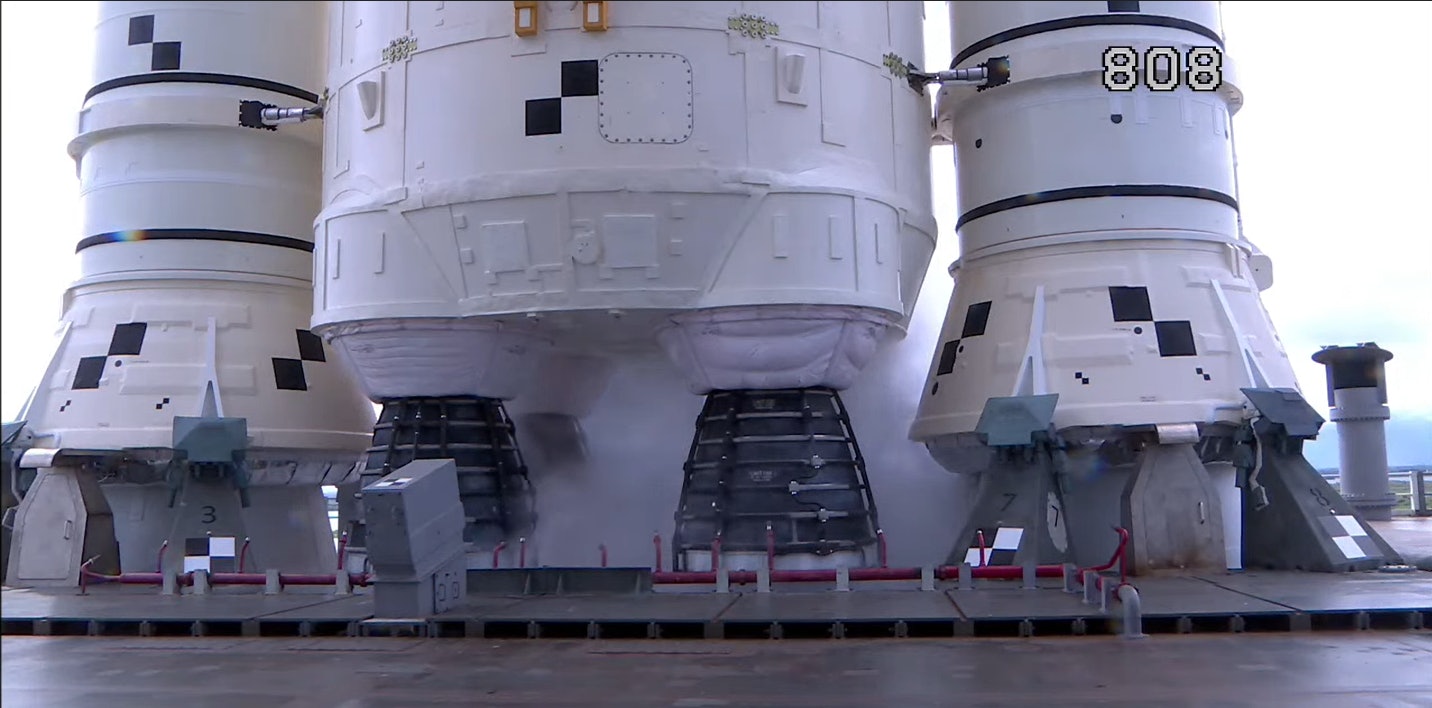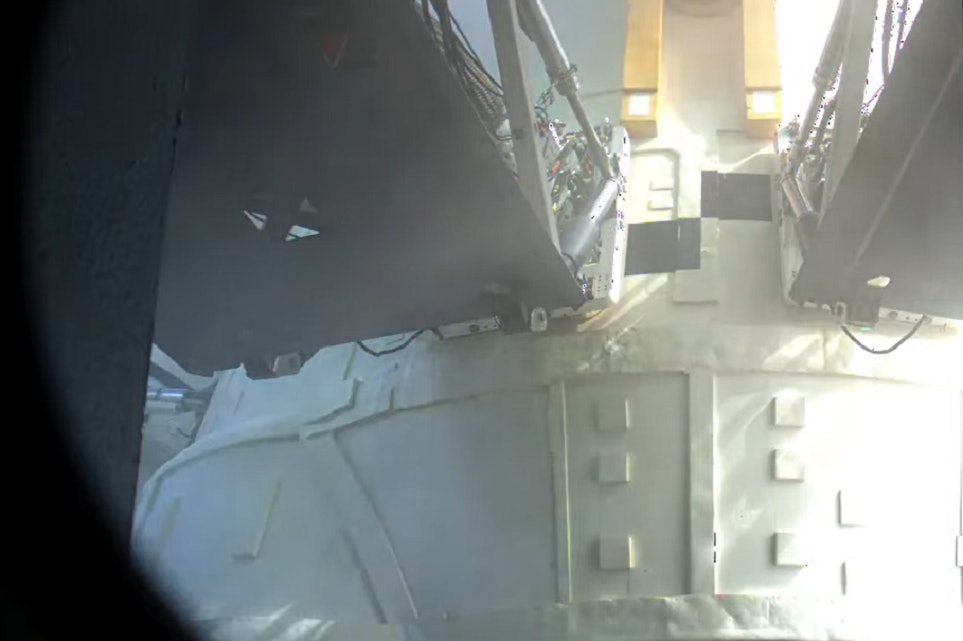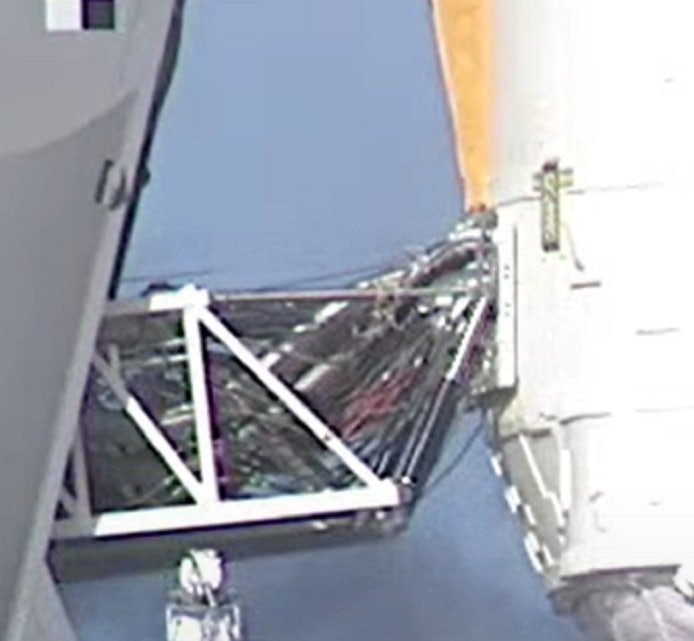
Artemis I has finally passed a crucial pre-launch test, several months after its original wet dress rehearsal and more than three weeks after its scrubbed, launch attempt.
With today’s fueling test out of the way, and engineers satisfied with their repairs to a leak in the liquid hydrogen fueling system, Artemis I is on the path to attempt another launch on September 27, hopefully sending the uncrewed Orion capsule to the Moon and back.
“I don't like to get ahead of the data, and I'd like the team to have the opportunity to look at that before I speculate,” said Launch Director Charlie Blackwell-Thompson when asked about the chances for a September 27 launch, but she added, “I am extremely encouraged by the test today getting through all the objectives.” Replenishment teams are beginning preparations for a September 27 launch, but the final decision will depend on a review of today’s test.

Attempts to get Artemis I off the ground have been plagued by liquid hydrogen leaks, mostly at a spot where an 8-inch wide fuel line connects to SLS. The leak caused NASA to cancel a second launch attempt on September 3, and engineers have been working to fix the problem ever since. They removed and replaced the seals on two fuel lines, an 8-inch line and a 4-inch line. Today’s test, called a cryogenic demonstration test, was meant to make sure the repairs were solid before NASA actually booked another date at the rocket range for launch. And it worked — but not without a bit of a struggle for engineers.
The liquid hydrogen leak turned up again this morning, at about the same point in the fueling process where it first appeared during the September 3 launch attempt. As the Artemis I team moved on from an initial “slow fill” to a higher-pressure “fast fill” phase of the process, sensors detected hydrogen in a space where the fuel line connects to the rocket — which is a space where hydrogen shouldn’t be.

Launch Director Charlie Blackwell-Thompson called a halt to the fueling process, and engineers turned to plan B: giving the fuel line about 30 minutes to warm up, which they hoped would re-seat the troublesome connection. Their troubleshooting didn’t cure the leak, but it did drastically reduce it. When fueling resumed, sensors reported a tiny hydrogen leak, which seemed to increase with pressure but never reached the threshold engineers called “the area of concern.”
“Managing a very small leak”
“Ever since then, engineers don't exactly know why, but it has been a manageable leak,” said Derrol Nail of the NASA Communications Office, commenting on the process on NASA’s YouTube channel.
The leak seemed to grow as pressure on the fuel line increased, spiking almost to the “concern” level during a process called the engine kickstart bleed, which involved flushing liquid hydrogen through the four core-stage engines to cool them down to the correct temperature for starting. But as the liquid hydrogen tank got closer and closer to full, the leak started to slow down as pressure increased — which is what it’s actually designed to do.
“Very encouraging to me was that as we reised the pressure, we actually saw the leak go down. This is a pressure-assisted seal, so that was very encouraging,” said Blackwell-Thompson.

That gave the Artemis I team enough confidence to go ahead with one of the day’s major milestones, called a “pre-press test.” The pre-press test involves pressurizing the core stage’s fuel tanks to the high pressure they’ll experience during flight.
“This is something that would happen in the final minutes of a countdown to get the engines ready to go,” explained Nail.
During that test, sensors reported a different leak, this time in a four-inch fuel line designed to bleed liquid hydrogen out of the rocket after it passes through the engines. That leak briefly reached a level just above the threshold for “concern,” but “[engineers] reported that the leak rate lowered on its own through no input on their side,” said Nail.
The second leak would have been enough to halt the countdown for an actual launch, but it wasn’t enough to fail today’s test.
“The launch team is looking forward to getting back that data and taking a look at it,” said Nail.







